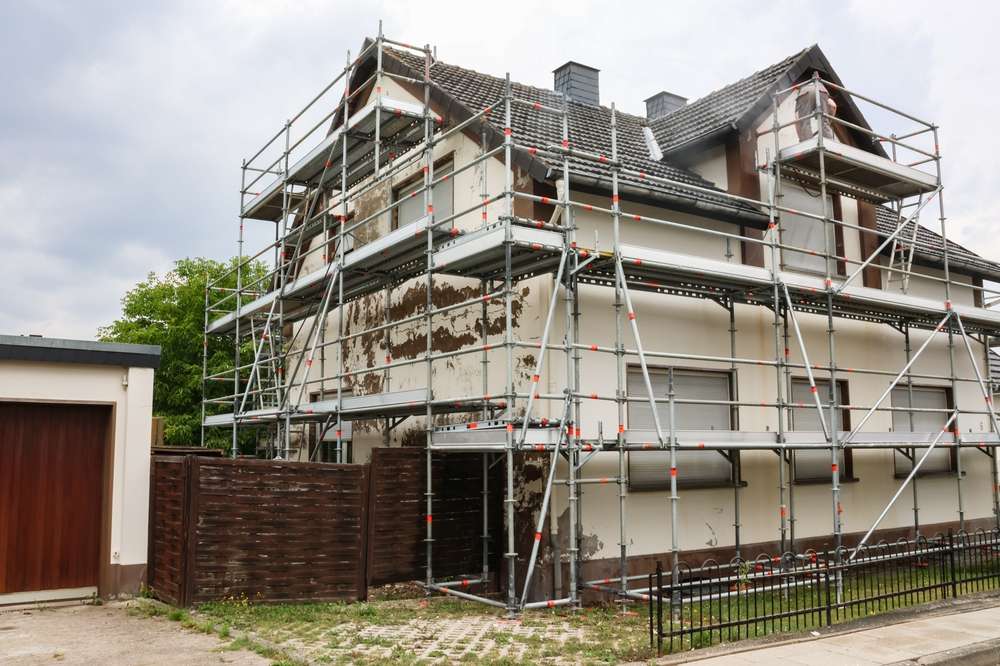Finding and Restoring Abandoned Homes: A Practical Guide
Abandoned houses present both risk and reward for property buyers. This guide walks you through legal checks, ways to locate vacant homes, buying through auctions or private sales, renovation pitfalls, and financing options like renovation loans. Learn how to evaluate, acquire, and rehabilitate neglected properties with confidence and protect your investment.

Legal Steps Before Acquiring an Abandoned Property
Before you pursue an abandoned house, familiarize yourself with the laws that affect ownership and transfer. Many areas have specific rules governing properties left vacant — from tax liens and foreclosure procedures to squatter protections and adverse possession claims. A full title search is essential to reveal outstanding liens, unpaid taxes, or other encumbrances that could complicate a purchase. Consult a real estate attorney or title company early so you understand any jurisdictional quirks and complete all legal requirements before closing.
Where to Locate Abandoned Houses
There are several practical avenues for finding neglected or vacant properties. Start with municipal resources: city or county offices often keep records of vacant buildings, code violations, or properties with delinquent taxes. Tax assessor lists are another good source for homes with unpaid taxes. Real estate professionals who focus on distressed assets can point you to opportunities, and online auction platforms regularly list repossessed or tax-defaulted properties. Combining official records, agent networks, and auction sites increases the chance of finding viable candidates.
How Auctions for Abandoned Properties Work
Auctions are a common route to purchase abandoned homes and can be run by government bodies, banks, or private auction companies. Registration is usually required in advance and many auctions demand proof of funds or a deposit. It’s critical to read auction rules carefully, know whether the sale is subject to redemption periods, and confirm what warranties (if any) come with the title. Successful bidders set firm budgets, factor in potential hidden costs, and perform as much due diligence as possible before bidding.
Renovation Challenges and Assessment
Bringing an abandoned house back to life often uncovers unexpected obstacles. Common issues include compromised structural elements, obsolete electrical and plumbing systems, and environmental hazards such as mold, asbestos, or lead paint. Hire experienced inspectors and contractors to evaluate the property thoroughly and produce a scope-of-work and cost estimate. A detailed renovation plan that prioritizes safety, code compliance, and phased work helps control costs and timelines. Always include contingency funds for surprises uncovered during demolition and restoration.
Acquisition Methods and Typical Price Ranges
- Tax sale auction: $5,000 - $50,000 — Requires careful due diligence; property may carry unpaid liens
- Bank foreclosure: $20,000 - $100,000 — Often competitive; investors frequently bid
- Private purchase: $15,000 - $200,000 — Negotiation is possible directly with owners or estates
Note: These ranges are estimates based on available information and can vary by market and property condition. Conduct independent research before making purchase decisions.
Financial Planning for Rehab Projects
A sound financial plan is vital for any abandoned property renovation. Beyond the purchase price, account for renovation costs, permit and inspection fees, and potential legal expenses if title issues arise. Financing may come from conventional mortgages (when the property qualifies), renovation-specific loans that roll repair costs into the mortgage, or all-cash purchases for faster closings. Work with reputable contractors and set aside contingency reserves—typically 10 to 20 percent of the renovation budget—to cover unforeseen repairs.
Practical Tips to Reduce Risk
- Perform a comprehensive title search and consult legal counsel early.
- Obtain professional inspections for structural, mechanical, and environmental conditions.
- Validate auction rules, redemption rights, and payment requirements ahead of bidding.
- Create a phased renovation plan to address critical safety and code issues first.
- Secure multiple contractor estimates and check references before hiring.
- Keep contingency funds and avoid overleveraging your investment.
Conclusion
Abandoned houses can become valuable assets when approached with careful research, legal clarity, and realistic budgeting. By using official records and expert resources to find properties, understanding auction and purchase procedures, planning renovations thoroughly, and preparing appropriate financing, you can turn a neglected structure into a profitable or personally rewarding property. Always prioritize due diligence and professional advice at every stage to protect your investment.






